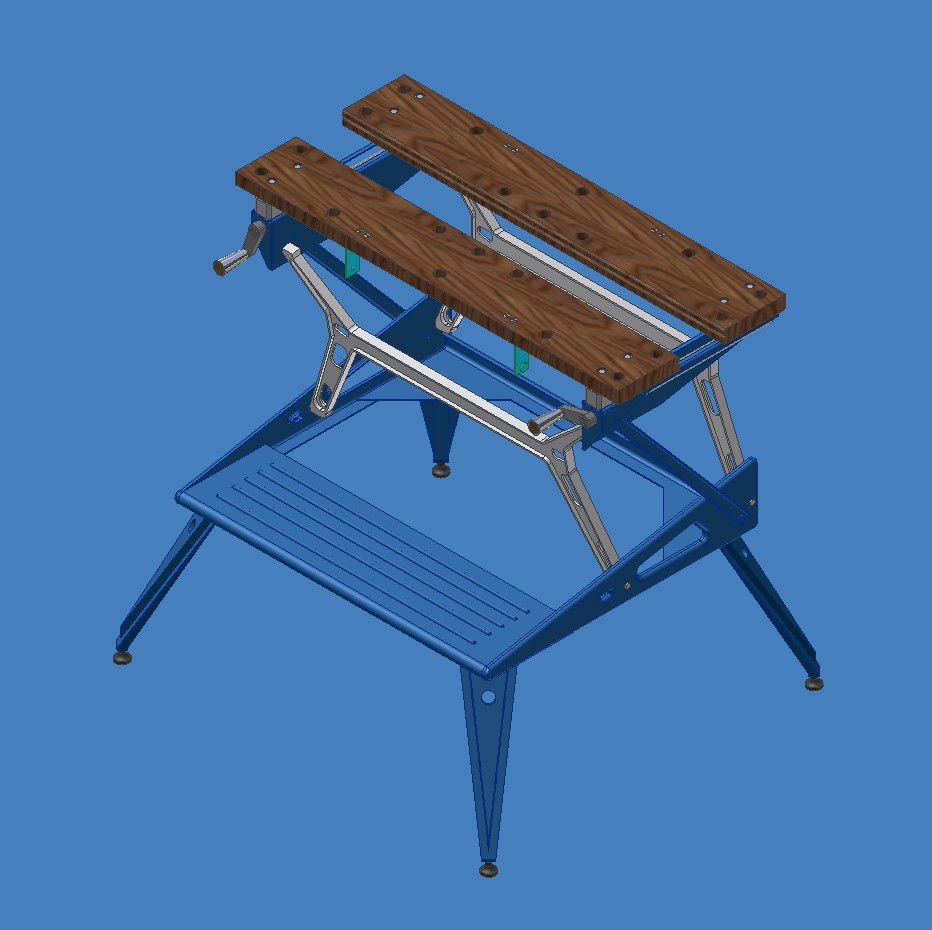abby normal
Well-known member
No pun intended but what are you guys using to drill those big holes for VU meters etc.? :wink:

just to add to this, if you have the step bit holesdrilled on the 4 corners then you don't have to make any sharp turns with the jigsaw... much better.steel...
Use blue paint tape and mask the area. Mark piece for hole, and measure twice. I mark a x on stuff that goes away.
Use stepper and drill a pilot hole big enough to fit a jigsaw blade in. Drill one hole at a minimum, possibly 4 evenly around the circle . Drill them so that the pilot holes are inside the masked area.
Enter your email address to join: